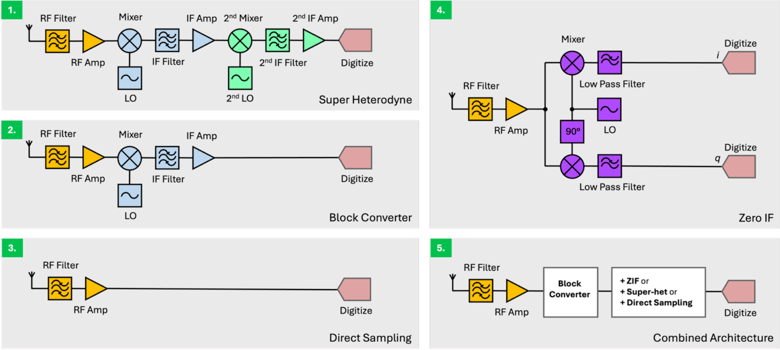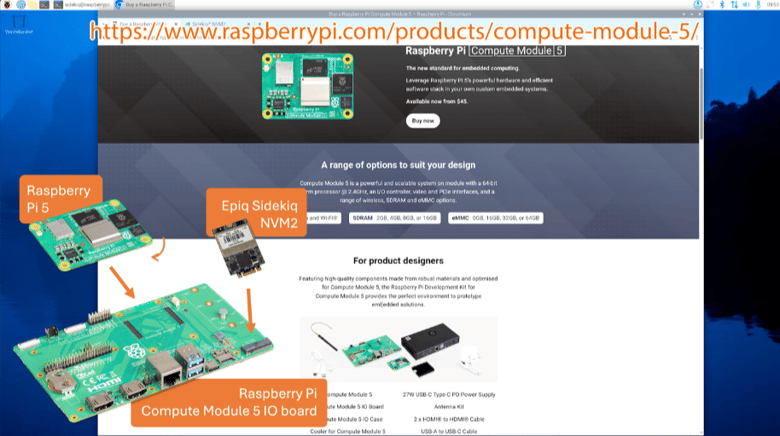New RF Transceivers from Analog Devices Bring Big Benefits to Military and Defense Applications
John Orlando
09/11/20
Analog Devices, Inc. (ADI) recently announced the ADRV9002, the latest in its RadioVerse™ family of wideband RF transceivers. As an ADI Alliance Partner, we’ve been working with the entire family of ADI wideband RF transceivers starting with the AD9361 back in 2012. With the recent public announcement, combined with our hands-on experience over the last year, we wanted to share our thoughts on the key differentiators for the ADRV9002 RFIC and the promise this holds for defense applications. In particular, this RFIC represents a significant step forward in terms of RF performance and flexibility, while continuing to maintain aggressively low power consumption and minimal size. These factors are at the heart of Epiq Solutions’ mission to provide our customers access to the RF world around them in form factors radically smaller than anything else on the market.


Functional block diagram for the high-performance ADRV9002 RF transceiver (images courtesy of ADI)
The ADRV9002 is an evolution of the AD9361, a high performance, highly integrated, agile RF transceiver designed for use in 3G/4G as well as military and defense applications. While we have successfully used the AD9361 in our Sidekiq MiniPCIe, Sidekiq M.2, Sidekiq Z2, and Sidekiq Stretch software-defined radio (SDR) modules, there are three new capabilities available with the ADRV9002 that stand out to make it a compelling choice compared to other RFIC offerings.
Improved RF Fidelity
First, the overall RF performance has increased in some very important ways. Linearity is a key consideration in any RF system: better linearity means RF signals at high input levels can be more accurately represented without distortion. The linearity of the ADRV9002’s RF receiver front end has been substantially improved, delivering a typical noise figure of 12 dB simultaneously with a typical Input IP3 (IIP3) of > +20 dBm. With an off-chip low noise amplifier (LNA), it is possible to achieve a broadband noise figure under 8 dB while maintaining an IIP3 of > +15 dBm. Factoring in the appropriate external LNA and pre-select filters, the typical power consumption of each RF receiver in the ADRV9002 (including data converters) is less than 1W, representing a significant step forward in the state of the art.
However, that improved linearity is only useful if the analog-to-digital converters (ADCs) digitizing the baseband signal can also deliver the same level of dynamic range without distortion. The higher performance ADCs in the ADRV9002 are 16-bit, increased from 12-bit ADCs available in the AD9361. This increase in dynamic range allows the RF receiver to accurately represent both booming loud RF signals and very quiet RF signals simultaneously, without having to make compromises. These improvements in RF fidelity will enable the ADRV9002 to be utilized in very challenging RF environments and defense applications, including tactical handheld land mobile radio communications, signals intelligence (SIGINT), and electronic warfare (EW) where power budgets and minimizing physical size are a priority.

The ADRV9002 will excel in applications where reducing power consumption and size are a priority.
Extended RF Tuning Range
The promise of SDR is to cover “DC to daylight” or, in other words, all possible RF frequencies of interest. The ADRV9002 has the widest RF tuning range of any ADI wideband RF transceiver, providing full coverage from 30 MHz all the way up to 6 GHz. Previously, to access the full VHF band down to 30 MHz, an RF block converter would be required ahead of the RFIC to convert from VHF to an RF frequency that was within the tuning range of the RFIC. The need for the RF block converter increased power consumption of the RF receiver by 1-2 watts and increased the physical size and complexity of the design. With the new ADRV9002, the need for the RF block converter is eliminated, resulting in solutions that are smaller and lower power compared to previous generations. Hardware platforms developed around the ADRV9002 can now support everything from handheld tactical radio applications in the VHF band, all the way up to cellular, Wi-Fi, and Bluetooth radio applications under 6 GHz.
Multiple Independently Tunable RF Receivers (or Transmitters)
The ADRV9002 is offered as a 2x2 MIMO-capable RF transceiver with two RF receivers + two RF transmitters and two independently tunable LO sources to support frequency division duplexed (FDD) operation. A maximum RF channel bandwidth of 40 MHz is supported with a sample rate of 61.44 Msamples/sec per channel. For these applications, the RFIC can operate both RF receivers at one RF frequency and both RF transmitters at another RF frequency.
However, the two independently tunable LO sources inside the ADRV9002 can alternately be used in a unique way: each LO source can be routed in a matrix fashion inside the chip such that it is possible to support operations where one LO feeds one RF receiver, and the second LO feeds the second RF receiver. Thus, a single ADRV9002 RFIC can actually be used to receive two independent RF channels simultaneously, anywhere between 30 MHz and 6 GHz.
There are multiple military and defense communication use cases that could benefit from these advancements, including:
- Single primary RF receiver channel + a second scanning/searching RF receiver channel for cognitive radio deployments
- Simultaneous reception of both downlink and uplink RF signals for FDD radio systems
- Stitching together the two independently tunable RF receivers to effectively double the RF reception bandwidth from 40 MHz to 80 MHz (note: the combining of the two RF channels would need to be done digitally outside of the RFIC in an FPGA or CPU)
The same concept applies to the transmit side, with the ability to transmit at two RF frequencies simultaneously for applications where RF reception is not required..
ADRV9002’s Place in Epiq Solutions' Future
We’re obviously excited about what the ADRV9002 offers and the possibilities it opens up for the future of our SWaP-optimized portfolio. Do you have an application that would benefit from the advantages of ADRV9002? Are you looking for an SDR module to simplify your product development cycle and get to market faster? We’d love to hear about it. Reach out to us here and start the conversation.
SHARE
Tags
STAY INFORMED
Stay up to date with the latest Epiq news, product releases, and more.










.webp?length=400&name=Cyber-Radio-NDR585%20(3).webp)
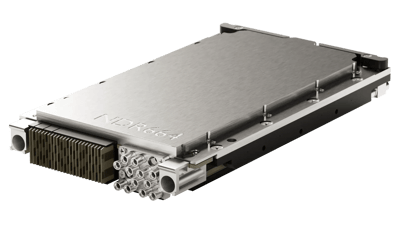
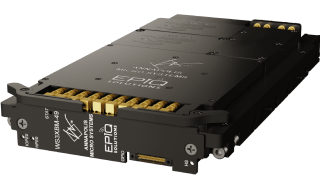









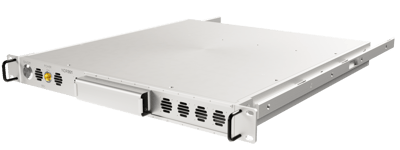
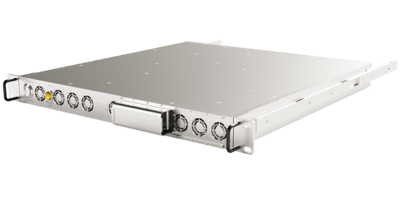


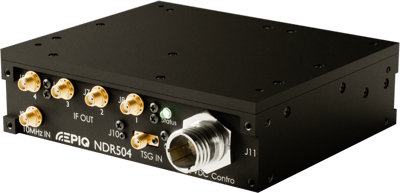


.webp?width=70&height=70&name=Vector%20(1).webp)
